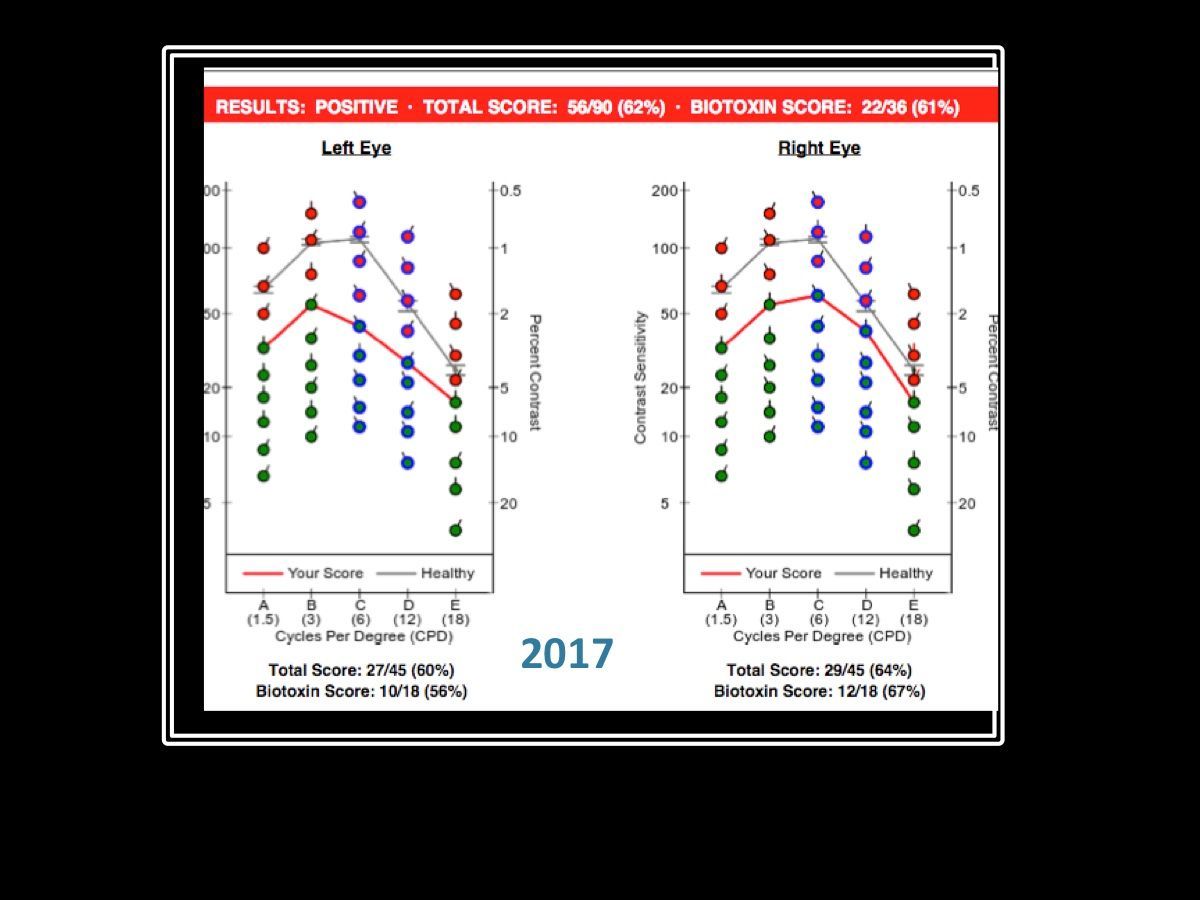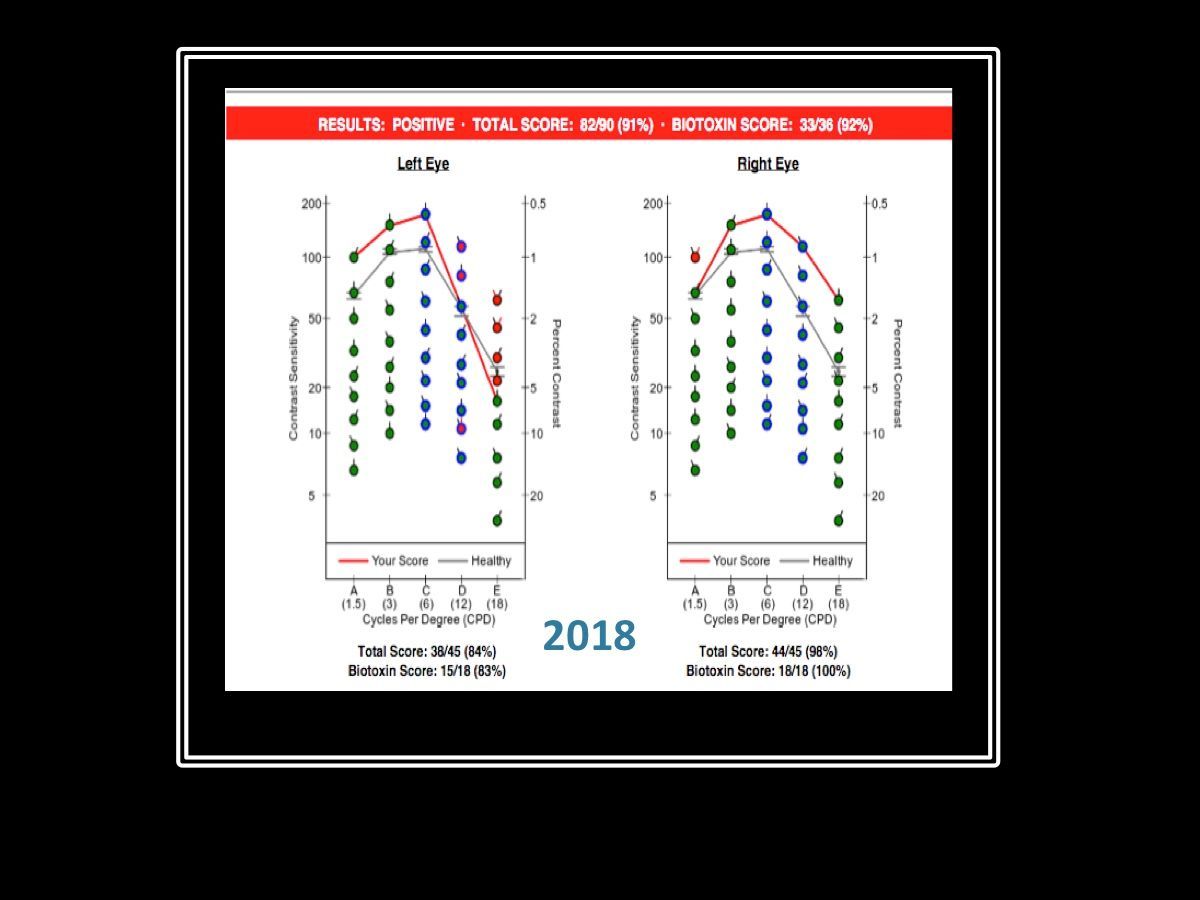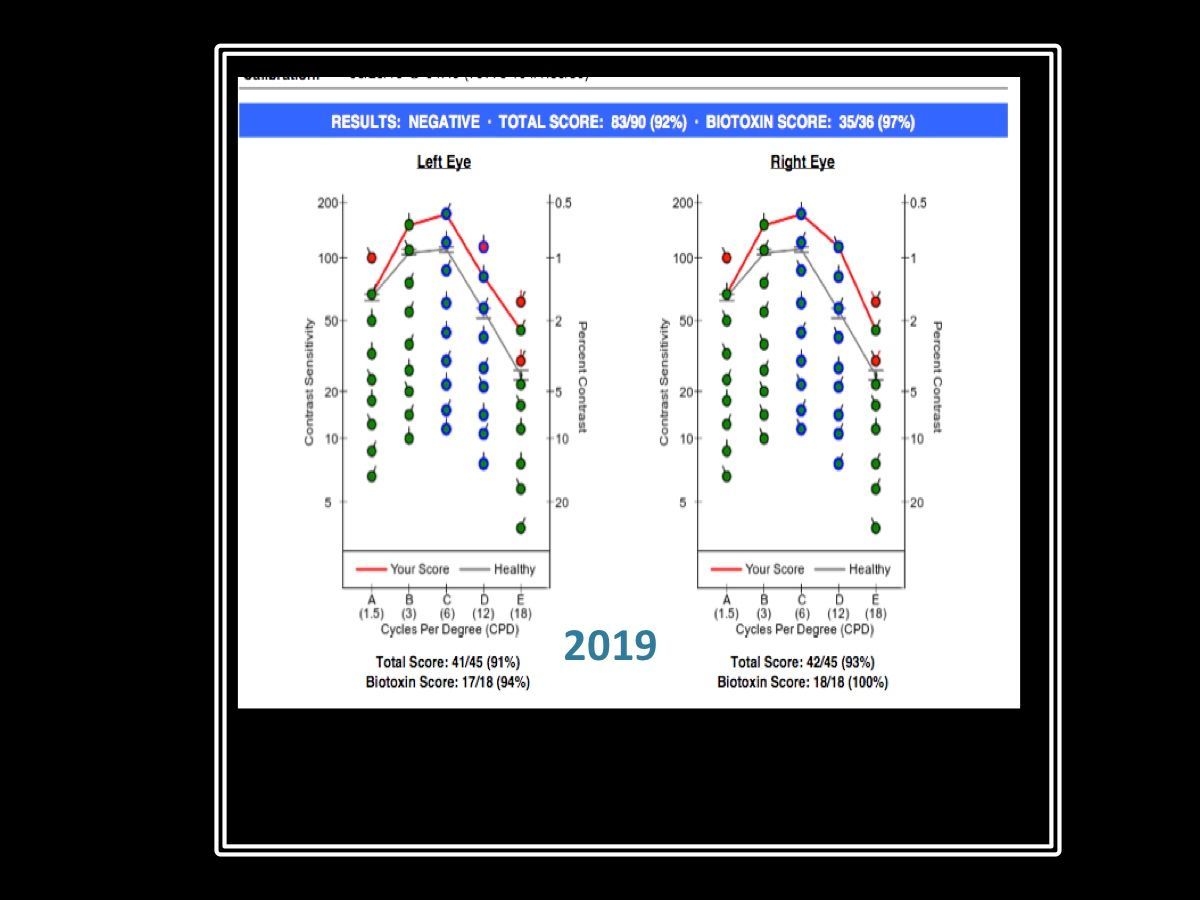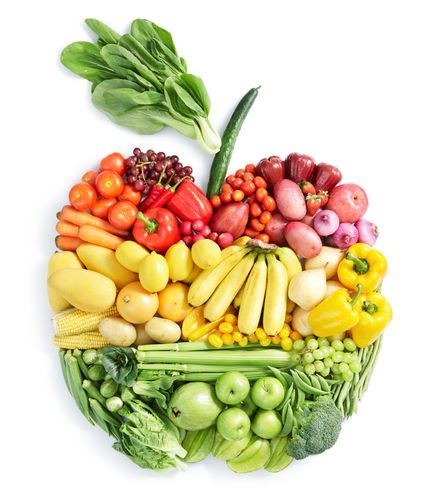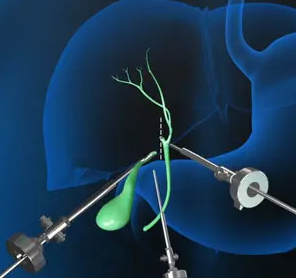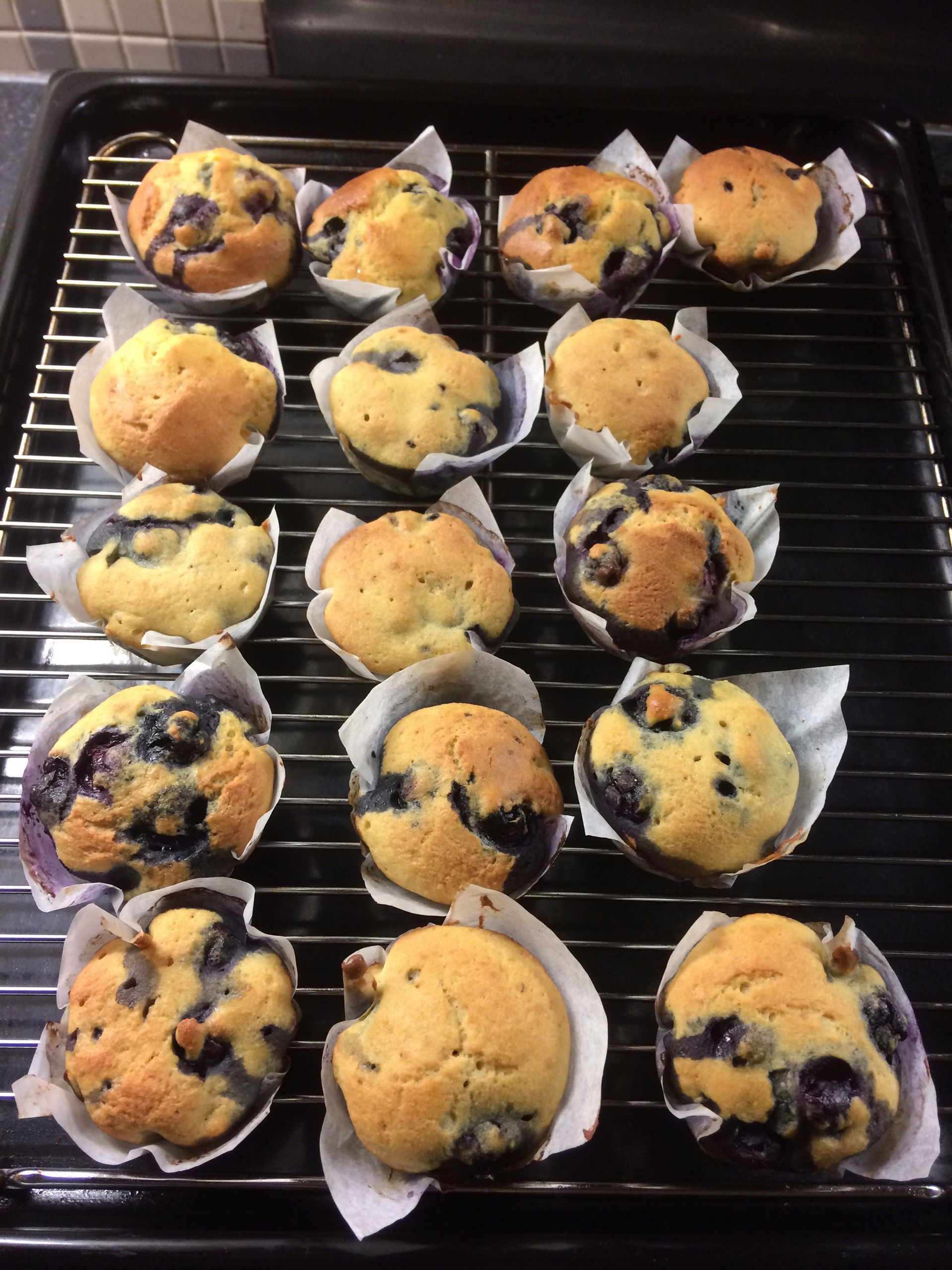Is Mould/ Mold stopping you healing?
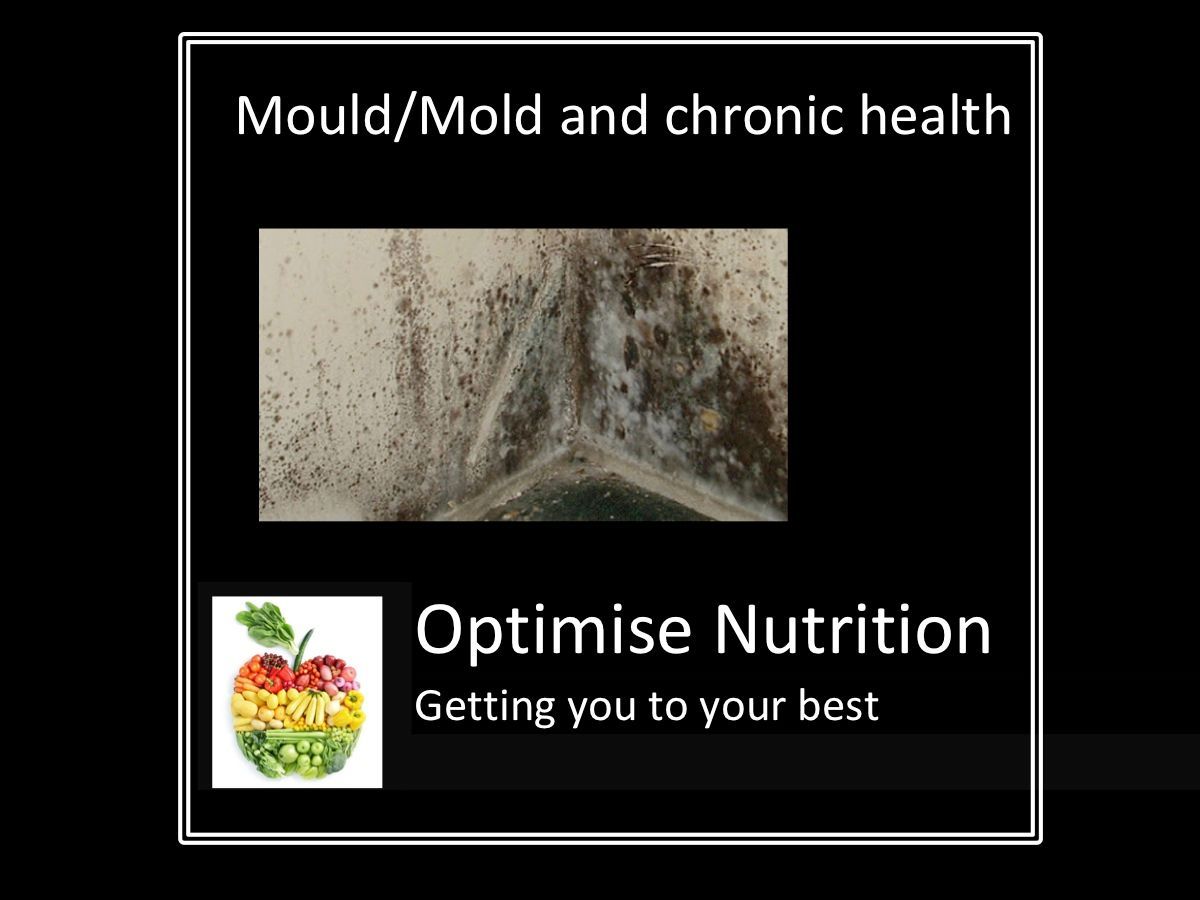
Is Mould/ Mold stopping you healing?
Mould ( in the UK) , also known as Mold in the USA , is a categorised by the UK 2004 Government Housing Act Report , 'Housing Health and Safety Rating System (HHSRS)' (ref 1) as a hazard to health, amongst other health hazards such as asbestos and carbon monoxide
It's not the mould you can see that’s a problem, it’s the dead and airborne mould, bacteria and other “invisible” contaminated fragments & mycotoxins that you inhale which are considered the greatest health hazard.
The tiny spores can pass through the blood brain barrier cause metabolic chaos. Symptoms include – fatigue, brain fog and headaches. Increased sensitivity/ allergies
An estimated 25% of the western populations have a mutation in he HLA gene that mean they can’t eliminate mould
There are various lab tests that cost £250-£700 to determine mycotoxins.
However the Visual Contrast Sensitivity test ( VCS) is a an affordable proxy, for biotoxin accumulation. This is because biotoxins accumulate in the optic nerve and impair visual contrast ( black/ grey on white)
The VCS has low false positives ( around 98%) , high false negatives (around 10%)
Biotoxins removal gave me a massive step change in my NE/ CFS recovery
Below are my VCS test results. Initially in 2017 where you can see my results ( red line) are considerable below the healthy populations response ( grey line). I was exposed to mould as a child and remember it growing on the walls.
It took until 2019 to get full clearance, where now brain fog is happily a thing of the past
The VCS test is a great screen for biotoxin mould/ mold accumulation. If you are interested in testing them please contact me.
References 1. https://assets.publishing.service.gov.uk/government/uploads/system/uploads/attachment_data/file/1581..
First published May 2023
